Computer Science ( Total Marks - 100 )
Candidates will be asked to attempt total five questions including one compulsory objective type question. They will attempt atleast one question from each section. Each question will carry 20 marks.
Section A
- Computer Architecture
Introduction to modern machine Architecture, Storage Hierarchy Main/ Virtual/ Cache/ Secondary Memory, CPU, ALU, Peripheral communication, Designing of Instruction set, Stored program concept. Introduction to parallel computing; SIMD/MIMD. - Operating System
Functions/Types of operating systems, Processes, Interprocess Communication/ Synchronization/Co-ordination, Process Scheduling Policies, Virtual Memory Management Techniques: Paging/Segmentation, File Management Systems. - Computer Networks
LAN/WAN/MAN, Communication channels, Internetworking, Internet, Network layer structure, ISO Internet Protocol, OSI/TCP/IP reference model.
Section B
- Structured and Object Oriented Programming
Basics of C/C++ environment, memory concepts. operators, control structures, selection structures, Array & functions/methods, classes & data Abstractions, inheritance and polymorphism. - Data Structures and Algorithms
Pseudo language, Functions, Iteration, Recursion, Time/Complexity Analysis, Stacks Queue, hashing. linked list, Searching; Sequential. Binary, Soiling Algorithms, Graphs Algorithms, Tree Algorithms, Trees, ADTs, Implementation using Structured/object oriented languages. - Software Engineering
Introduction to Software Engineering, Software life cycle, Software Design Methodologies: Structured/Object oriented, Software documentation and Management, Introduction to CASE tools. SECTION - C Data Base Management Data Models, E-R Models, Relational Database concepts, SQL, Normalization, Database Design. Web Programming HTML, CGI, PERL, JAVA: Applet/Script, WWW, Web based unit face Design. Computer Graphics Fundamentals of input, display and hard copy devices, scan conversion of geometric primitives. 2D and 3D geometric transformations, clipping and windowing, scene modeling and animation, algorithms for visible and surface determination.
Suggested Readings
-
- Title
- Author
-
- 1
- Computer Concepts, 3rd Edition, ITP, 1998
- J.J. Parsond & D. Oja
-
- 2
- Mathematical Structures for Computer Science, Freeman & Company
- G.L. Gersting
-
- 3
- JavaScript: The Definitive Guide, 2/e, O'Reilly, 1997
- D. Flanagan
-
- 4
- The HTML Sourcebook, Wiley, 1996
- I.S. Graham
-
- 5
- Computer Science: An overview, 6/e, Addison-Wesley, 1998
- J.G. Brookshear
-
- 6
- Java: An Object First Approach, Addison-Wesley, 1998
- F. Culwin
-
- 7
- Web Page Scripting Techniques, Hayden Books, 1996
- J. Bloomberg, J. Kawaski J. and P. Treffers
-
- 8
- Computer Organization and Architecture: Designing for Performance; 4/e, Prentice-Hall 1997
- W. Stallings
-
- 9
- The Art of Computer Programming, Addison-Wesley;Vol. 1 Fundamental Algorithms, 3/e, 1997 Vol. 3 Sorting and Searching, 2/e, 1998
- D.E. Knuth
-
- 10
- Algorithms and Data Structures, Prentice-Hall, 1985
- N. Wirth
-
- 11
- Introduction to Database Systems, 6/e, Addison-Wesley 1996
- C.J. Date
-
- 12
- Software Engineering, 6/e 1998
- Ian Sommerville
-
- 13
- Software Engineering: A Practitioners Approach 4/e, McGraw-Hill, 1997
- R. Pressman
-
- 14
- Computer Networks, 3rd Edition, Prentice-Hall, 1996
- S. Tanenbaum
-
- 15
- Operating System Concepts, 4/e, Addison Wesley, 1996
- Silberschatz & J. Peterson
-
- 16
- Computer Graphics: Principles and Practice, 2/e, Addison-Wesley 1996
- Foly/Van Dam/ Feiner/Hughes
-
- 17
- Computer Networks and Internet, Prentice-Hall, 1998
- D.E. Comer
-
- 18
- C++: How to Program, Prentice-Hall, 1998
- H.M. Deitel, P.J. Deitel
-
- 19
- Database Processing, Fundamentals, Design Implementation; 4th edition, Macmillan Publishing Company, New York 1993
- David M. Kropnke
-
- 20
- Data and Computer Communication, 5th Edition, Prentice-Hall International, 1997
- W. Stallings
Check other Subjects and Syllabus below:
Compulsory Subjects
General Knowledge
-
- 4
- Everyday Science
- 100
-
- 5
- Current Affairs
- 100
-
- 6
- Pakistan Affairs
- 100
-
- Total Marks:
- 600
Optional Subjects:
(subjects carrying a total of 600 marks to be selected)
Group A
Subjects carrying not more than 200 marks can be opted.
Note: Business Administration cannot be opted in combination with Public Administration
-
- 1
- Accounting & Auditing
- 200
-
- 2
- Economics
- 200
-
- 3
- Business Administration
- 100
-
- 4
- Public Administration
- 100
Group B
Subject/s carrying not more than 200 marks can be opted.
-
- 1
- Political Science
- 200
-
- 2
- Agriculture
- 100
-
- 3
- Forestry
- 100
-
- 4
- Sociology
- 100
-
- 5
- Journalism
- 100
Group C
Subjects carrying not more than 200 marks can be opted.
-
- 1
- Pure Mathematics
- 200
-
- 2
- Applied Mathematics
- 200
-
- 3
- Computer Science
- 100
-
- 4
- Statistics
- 100
Group E (History Subjects )
Subjects carrying not more than 200 marks can be opted.
-
- 2
- Indo Pak History
- 200
-
- 3
- British History
- 200
-
- 4
- European History
- 200
-
- 5
- History of the USA
- 100
Group F
Subject/s carrying not more than 200 marks can be opted.
Note: International Law CANNOT BE opted in combination with International Relations.
-
- 1
- Law
- 200
-
- 2
- Constitutional Law
- 100
-
- 3
- Mercantile Law
- 100
-
- 5
- International Law
- 100
-
- 6
- International Relations
- 100
Group I (National and Foreign Languages )
Subjects carrying not more than 200 marks can be opted.
National/Foreign/Classical Languages: Not more than one of 4 subjects can be opted. Note: Urdu can not be combined with Regional Languages.
-
- 1
- English Literature
- 200
-
- 2
- Urdu
- 200
-
- 3
- Persian
- 200
-
- 4
- Arabic
- 200

















.jpg)





